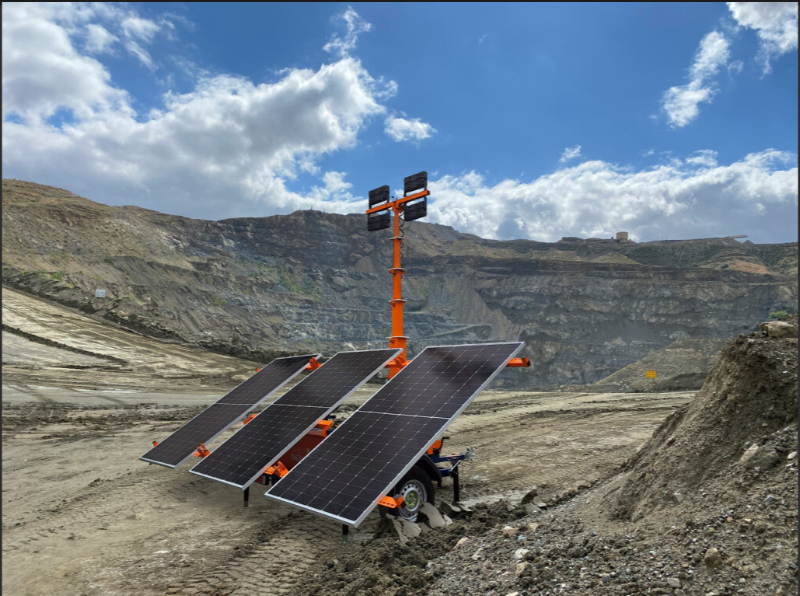The US Polysilicon Tariff Investigation: What Industry Needs to Know
The Biden administration reacted swiftly to the move, with the Secretary of Commerce emphasizing the urgency of the Section 232 investigation as the U.S. imports $200 million worth of polysilicon annually in 2024. This raw material, a core component in the production of U.S. solar panels, accounts for 80% of domestic supply being sourced from China. The decision to launch the investigation, first reported on July 1 and later confirmed on July 14 by the Department of Commerce, reflects the administration’s intent to shape a more secure future for the U.S. clean energy sector.
As part of the larger energy environment, here’s what’s happening: Polysilicon, otherwise known as silicon feedstock, is being scrutinized in the U.S., as a means to enhance national security by understanding foreign influences in this critical market. SolarPowerWorldOnline.com reported on July 14 that the U.S. Department of Commerce has officially launched an investigation into the polysilicon industry under Section 232 of the Trade Expansion Act of 1962. This investigation aims to assess the impacts of polysilicon imports on national security and could potentially lead to a new round of tariffs. While the investigation was initially launched on July 1, it was made public only on July 14, raising questions about the administration’s communication strategy and timeline.
Cleanlight’s Bold and Expert Opinion
At Cleanlight, we are watching this investigation closely, as it closely impacts our mission. We stand as experts in the clean energy space, and while we support U.S. efforts to strengthen domestic solar infrastructure, we also recognize the risks of sudden tariffs.
This is where Cleanlight steps in with a hard-hitting stance: we support the Biden administration’s pursuit of a stronger domestic solar industry, but we are concerned that moving forward is happening fast and without enough transparency. The opaque timeline—launched on July 1st, revealed on July 14th—coupled with the push to act without sufficient data—could spell trouble for U.S. developers, especially in fast-moving markets like the U.S. Под Влиянием global trade dynamics, the U.S. must balance its strategic interests with the practical realities of maintaining a competitive and sustainable solar industry.\n\n
Key Lessons and Insights
- National Security vs. Market Stability: The investigation underscores a growing security-driven policy in the solar industry, but Cleanlight insists it must not come at the expense of economic stability.
- Import Dependency: With most U.S. polysilicon sourced from China, the administration’s reluctance to acknowledge this dependency without swift action is both critical and brave.
- Need for Strategic Planning: Sudden policy shifts risk destabilizing the solar supply chain. Cleanlight advocates for a more measured, collaborative approach with industry stakeholders.
\n\n
Cleanlight CEO [Name], in a statement, said, “The administration’s action is a necessary step, but the process must include a transparent and data-driven approach to avoid disrupting the U.S. solar landscape. Our industry can’t afford costly or clumsy missteps.”
\n\n
For those in the clean energy community, this news demands attention. The decisions made here will directly affect business operations, growth, and the pace of solar adoption across the United States. It’s crucial to remain informed and prepared for possible tariff outcomes while we watch the investigation’s trajectory closely.\n\n
Opinions are welcome. How do you see these tariffs shaping the future of the U.S. solar industry? Feel free to share your thoughts in the comments below.


